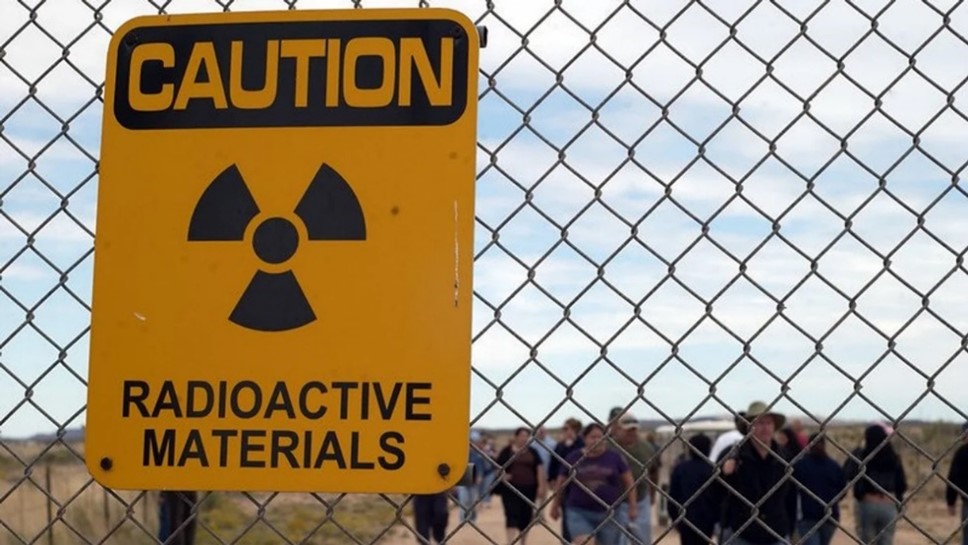
Photo Credit: North Carolina Department of Transportation
By Sharon Franklin.
Before recent hurricanes that have reduced towns and cities in the Southeast, there was a trend for Americans most affected by the climate crisis to move to the Midwest. Now, the question is.. Will there be more? In a recent article by Stephen Starr, Guardian, https://www.theguardian.com/us-news/2024/sep/22/climate-crisis-americans-move-midwest he noted that the 65,000 person city of Muncie, Indiana may not be the most exciting place in the world, because it doesn’t have beaches, or year-round warm weather, it is now home to Laura Rivas, a former resident of North Miami Beach, Florida.
Why? It was the climate crisis and strengthened hurricanes, flooding and skyrocketing insurance premiums for homeowners or the inability to just obtain homeowner insurance. Rivas noted, “every hurricane season was worse than the last to the point that insurance companies “couldn’t afford [to operate in Florida] any more. For her, after receiving a notice that her insurance was being increased to $3,000/month, she knew it was time to go.
Now she says “My mortgage and homeowner’s insurance are $600 a month, total,” “Five times less than my homeowners’ insurance for a home half the size in Florida.”

Rivas is not alone, many from Puerto Rico fled after 2017. “It’s probably no coincidence that the majority of the Climate Migrants are coming from Texas, California and Florida, said Evan Hock of MakeMyMove, an Indianapolis-based company that partners with small cities across the country to offer incentives to remote workers to relocate.
Currently, Hurricane, Helene has shown that there is no escape from the effects of the climate crisis, regardless of location, as noted by the recent weather-related events in the Southeastern states of Florida, Georgia, South Carolina, North Carolina, and Virginia.

Published: Oct. 1, 2024
What Will Be The Climate Migrant Demands On The Midwestern States Infrastructures?
Derek Van Berkel, University of Michigan is strategizing with other researchers for the expected growing of an incoming population to the Midwest and Great Lakes region in the years and decades ahead.
The Question Remains
What can these communities expect from an influx of people that will put extra demands for housing, transportation and other essentials for an expected growing population?








